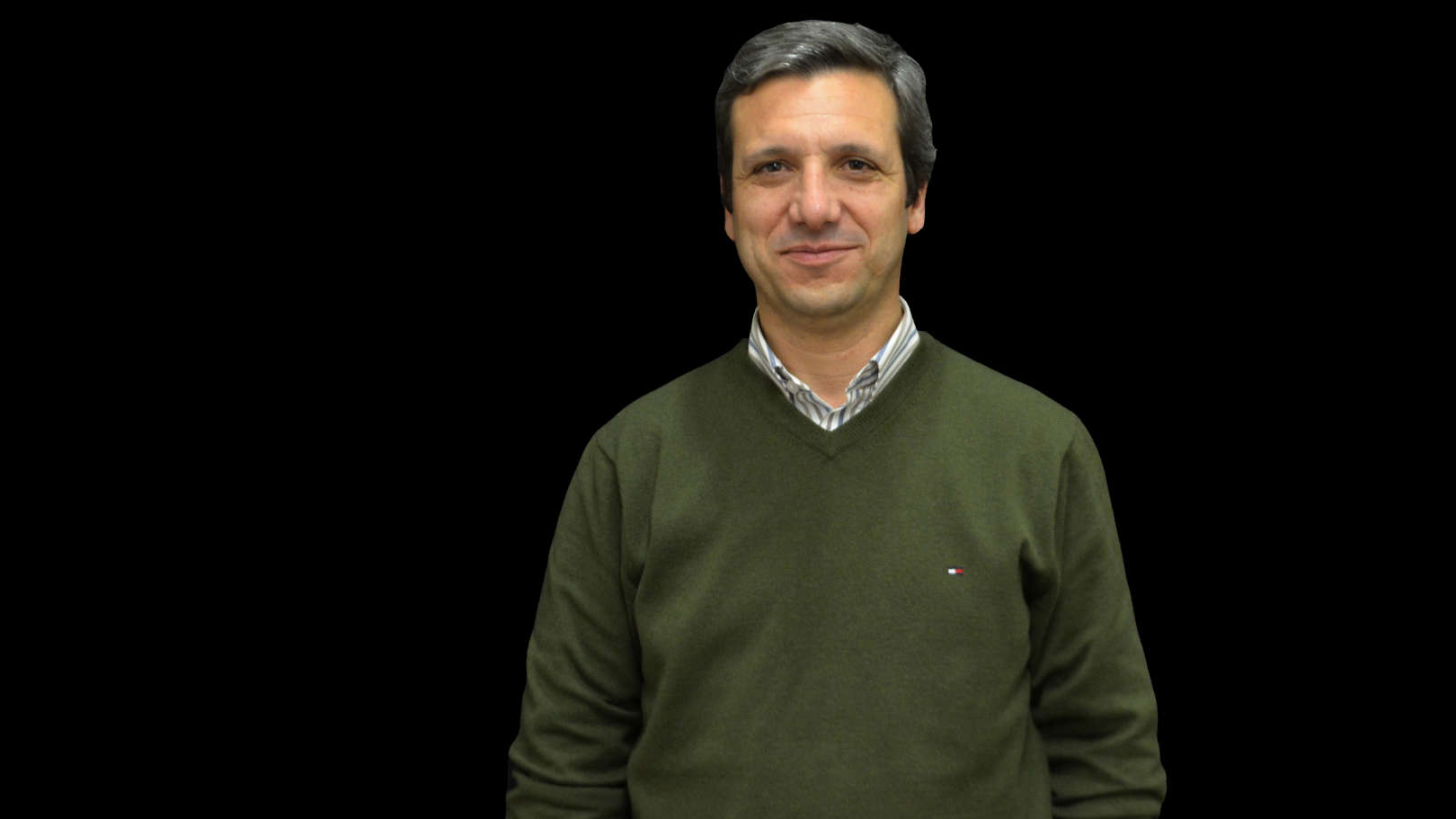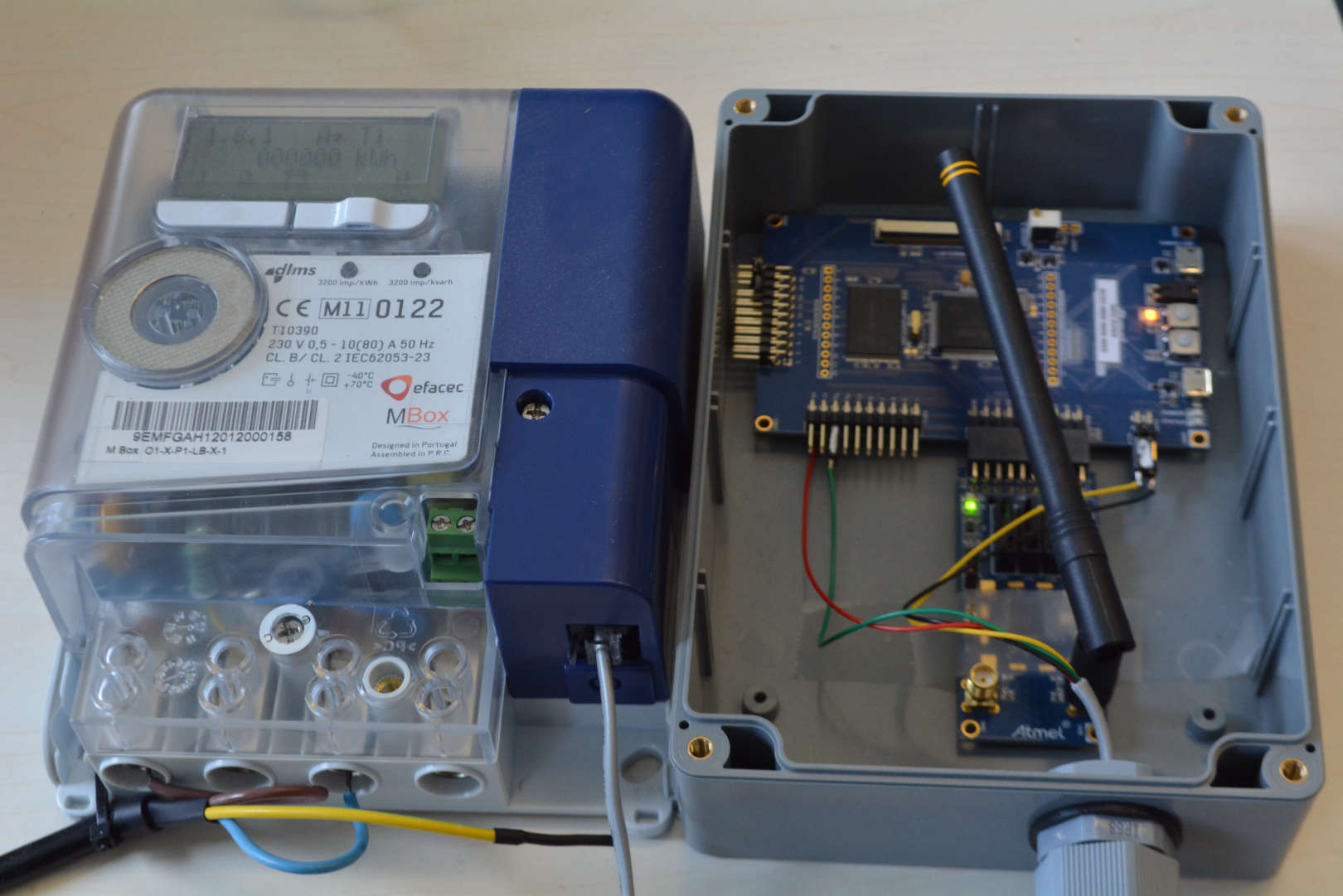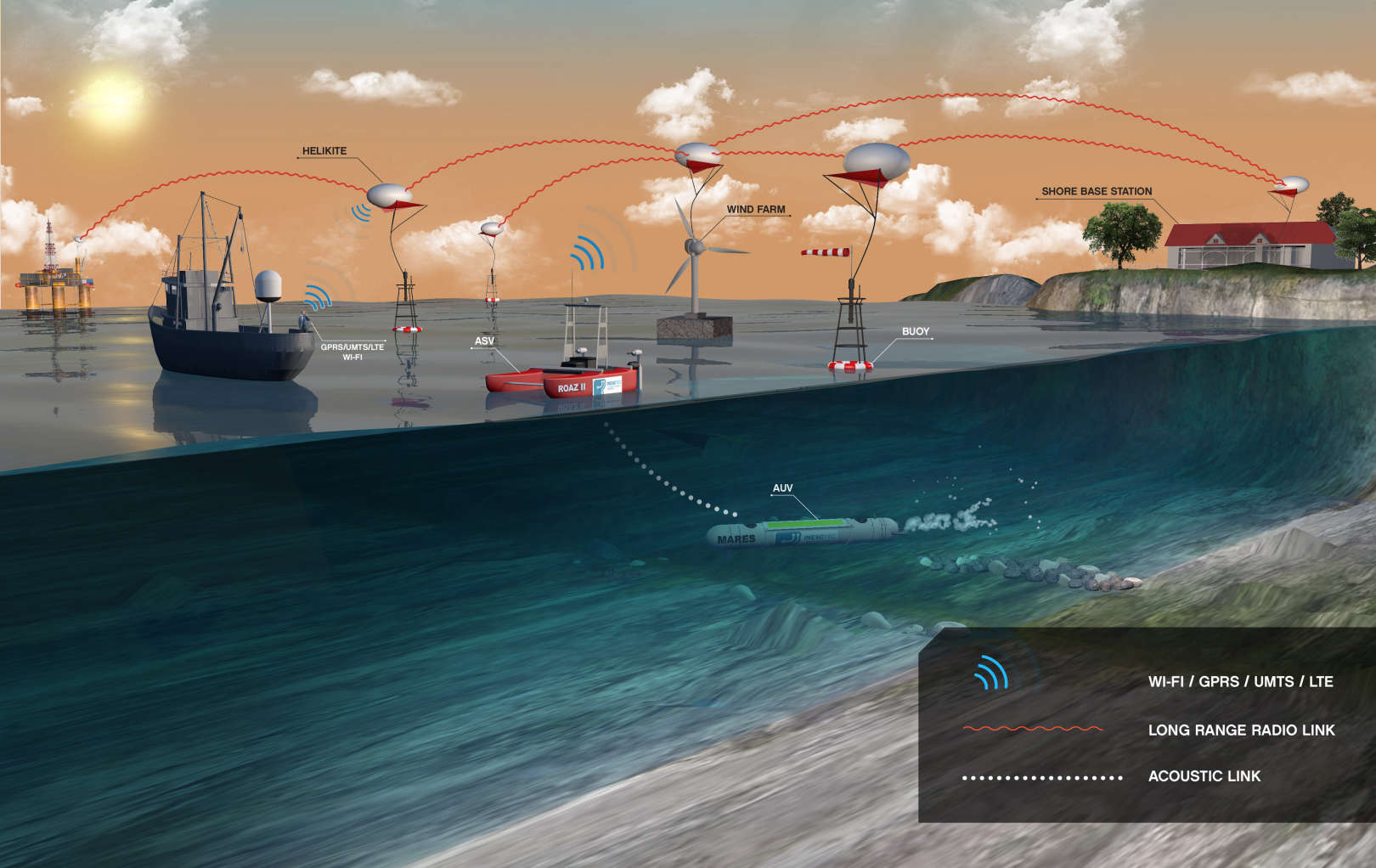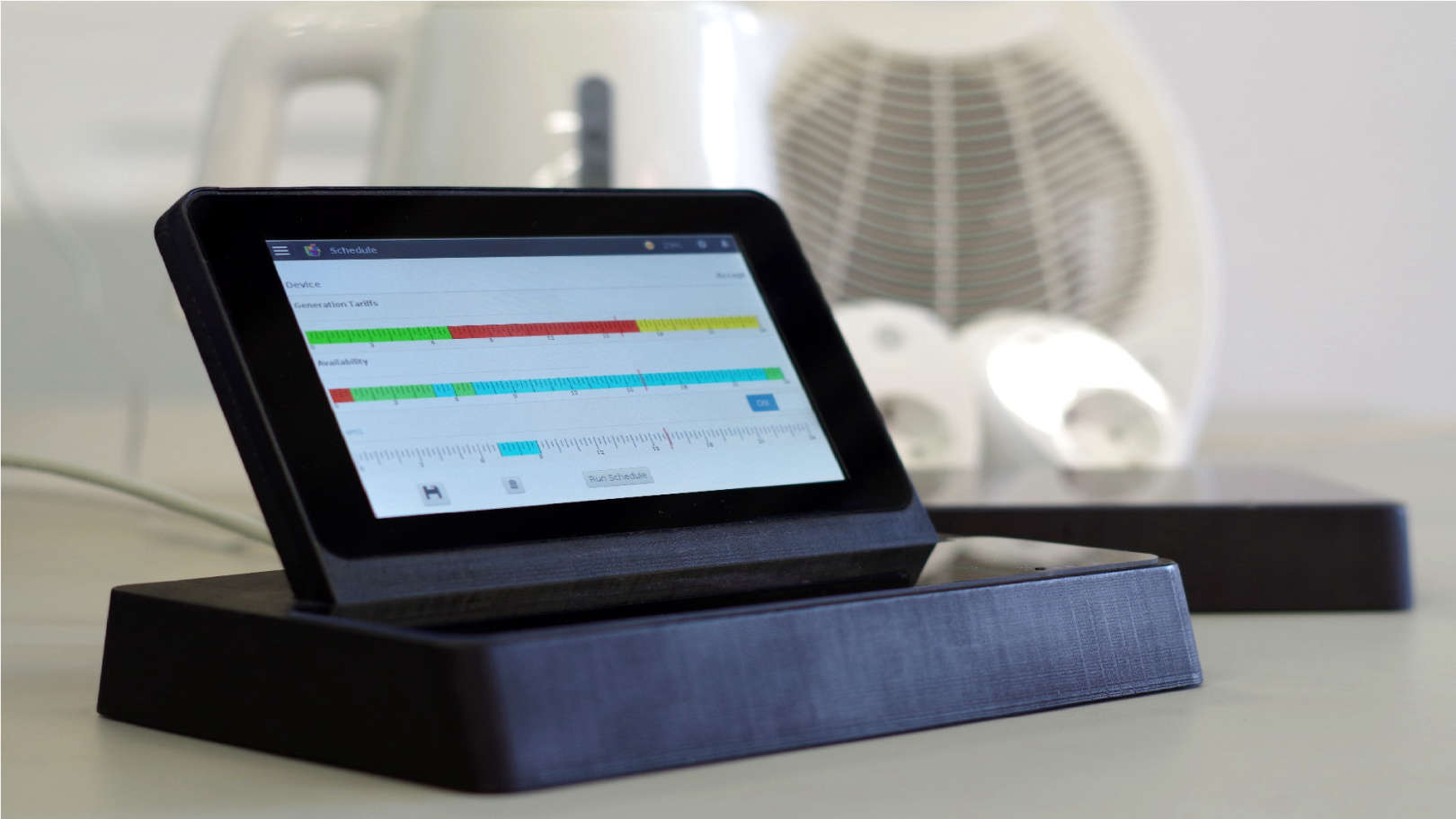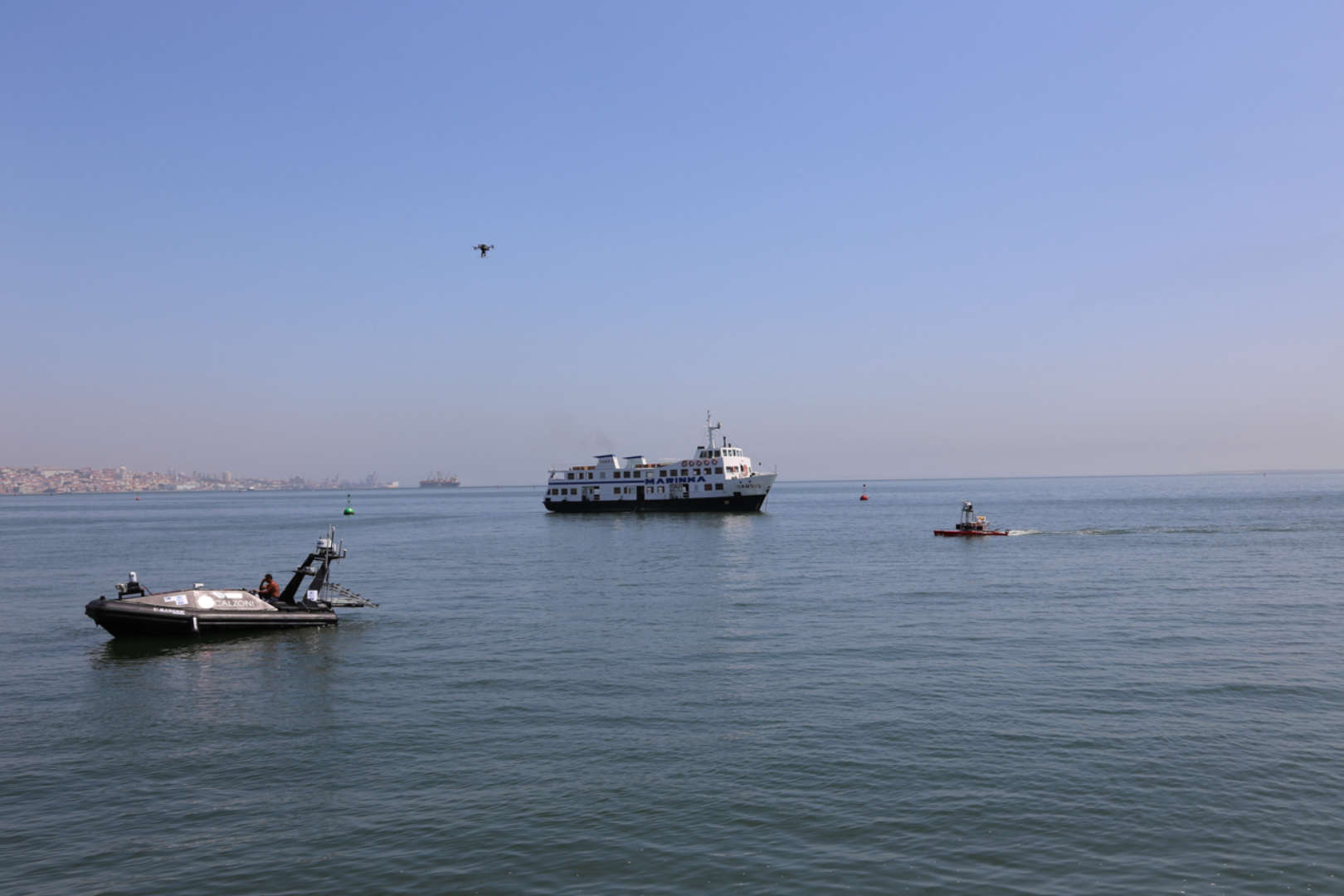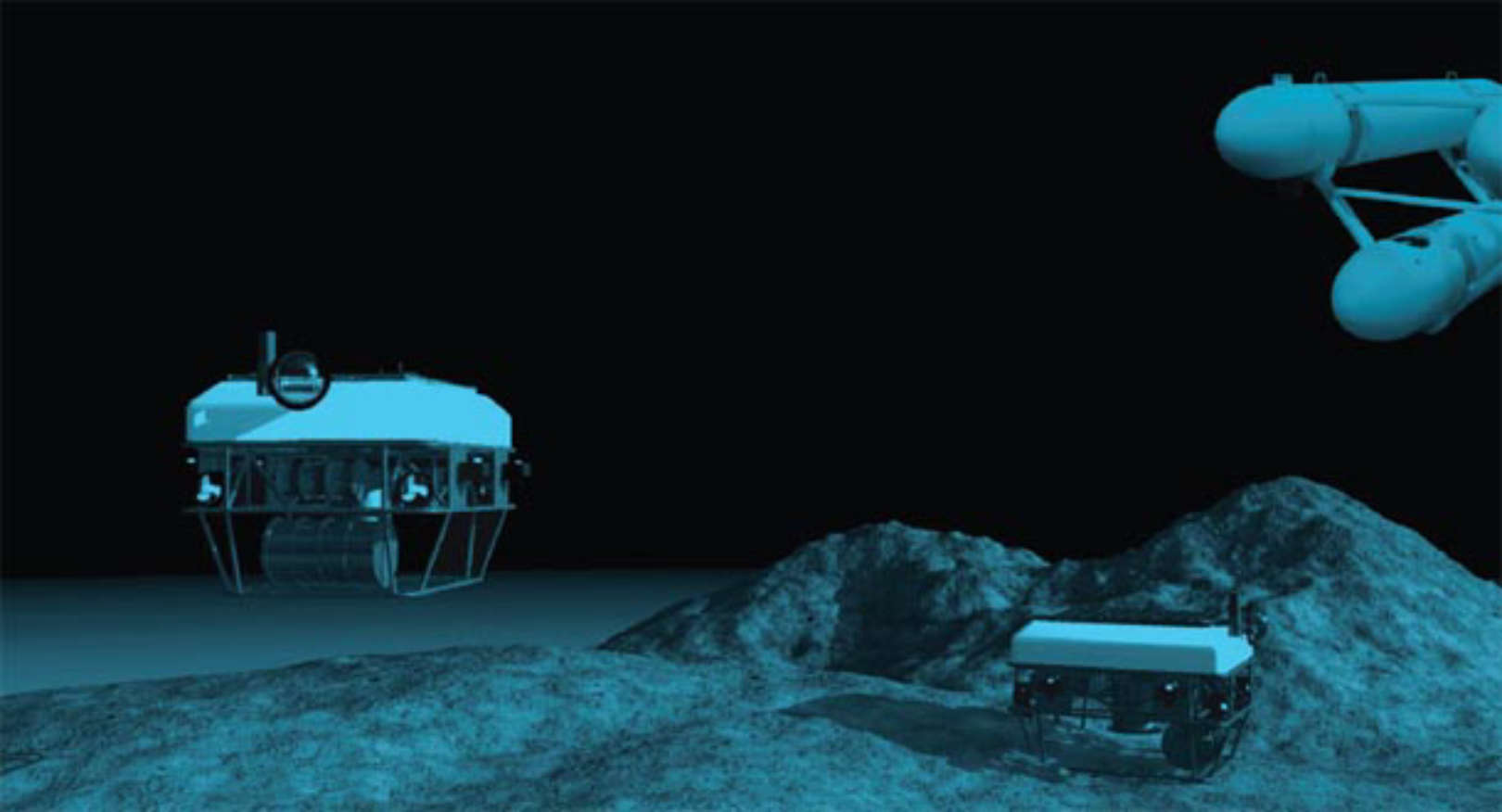Sobre
Manuel Alberto Pereira Ricardo é Licenciado (1988) e Doutor (2000) em Engenharia Eletrotécnica e de Computadores, ramo de Telecomunicações, pela Faculdade de Engenharia da Universidade do Porto (FEUP). Atualmente Manuel Ricardo é professor catedrático da FEUP onde leciona unidades curriculares de Comunicações Móveis e Redes de Computadores nos cursos de mestrado e de doutoramento em Engenharia Eletrotécnica e de Computadores, Engenharia Informática e de Computação e Telecomunicações. É membro da Comissão Executiva do DEEC da FEUP e do Conselho Científico do Programa Doutoral em Engenharia Eletrotécnica e de Computadores. Ao longo do seu percurso profissional coordenou no INESC TEC a área de Wireless Networks (2001-2011), o Centro de Telecomunicações e Multimédia (2011-2018), foi Administrador do INESC TEC (2018-2021), sendo atualmente diretor associado deste instituto com foco nas telecomunicações. Criou a Rede Temática nacional de Comunicações Móveis (RTCM, 2004). É membro do “Steering Committee” do consórcio do simulador de redes de comunicações ns-3. Participou em 30+ projetos de investigação e tem 150+ artigos publicados. As suas áreas de investigação são as redes de comunicações móveis, qualidade de serviço, gestão de recursos rádio, controlo de congestionamento de redes, caracterização de tráfego e avaliação de desempenho.


